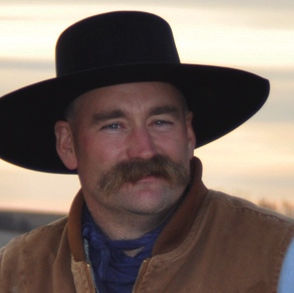The ARISE USA 2021 Tour has just completed a very interesting leg of the journey through the Pacific Northwest. What makes it interesting is the vast logging area, once littered with sawmills. Now a truck carrying logs is about as noticeable as the wildlife in the median. According to the government, we still have a vibrant logging industry but it has almost completely shifted back to the Southeast part of the country.
Anyone who has been paying attention knows that the imported lumber from Canada has been increasing from 5% to 8% for quite some time. The Southeastern growth in tree harvesting is done on private property by individual farmers, while the Northwest demise is taking place on federally controlled acres.
Bruce Vincent, a fifth-generation logger from Libby, Montana, shared some startling statistics with me. It is clearly documented that the mortality of the forest is outpacing the growth. We are mismanaging the forest by allowing a tremendous amount of fuel to build up, which simply begs for a replay of the “Summer with no Sun” thanks to smoke cover.
In 1910, a generation after we decimated the American Indian population, we saw the largest fire in the history of the North American continent. A storm near Coeur d’Alene that recorded more than 1,100 lightning strikes started a fire that saw a combination of heavy fuel load and 70 mph winds burn in excess of 3 million acres in 36 hours. What did the American Indian have to do with that? The Indians at least understood forest management better than the Europeans who tried to log but couldn’t keep up. The Indians simply did a cool burn every 10 years.
As I do with all things, I look back at the history of every single aspect of what got us to this position. I have found some early logging statistics from Wood Splitters Direct that I find very interesting:
“Logging became incredibly important when the need for ship building became more frequent. In fact, in the 1790s, New England was exporting 36 million feet of pine boards and at least 300 ship masts per year.”
The U.S. Forest Service website adds, “Federal forest management dates back to 1876 when Congress created the office of Special Agent in the U.S. Department of Agriculture to assess the quality and conditions of forests in the United States. In 1881 the Department expanded the office into the Division of Forestry. A decade later Congress passed the Forest Reserve Act of 1891 authorizing the President to designate public lands in the West into what were then called ‘forest reserves.’ Responsibility for these reserves fell under the Department of the Interior until 1905 when President Theodore Roosevelt transferred their care to the Department of Agriculture’s new U.S. Forest Service.”
At the end of the day, we have the federal government encroaching on property rights and control of the land and it has proven it cannot manage the resources. Yet it continues to seize control of more land by the day. All anyone needs to do is travel throughout the Southeastern states and see the individually owned farms that are growing trees and thriving. Then take a drive through the Northwest where mortality outpaces growth. You don’t need a degree in tree science to see the forest for the healthy trees and figure out where the source of the real problem lies.
Editor’s note: Trent Loos is a sixth generation United States farmer, host of the daily radio show, Loos Tales, and founder of Faces of Agriculture, a non-profit organization putting the human element back into the production of food. Get more information at www.LoosTales.com, or email Trent at [email protected].
